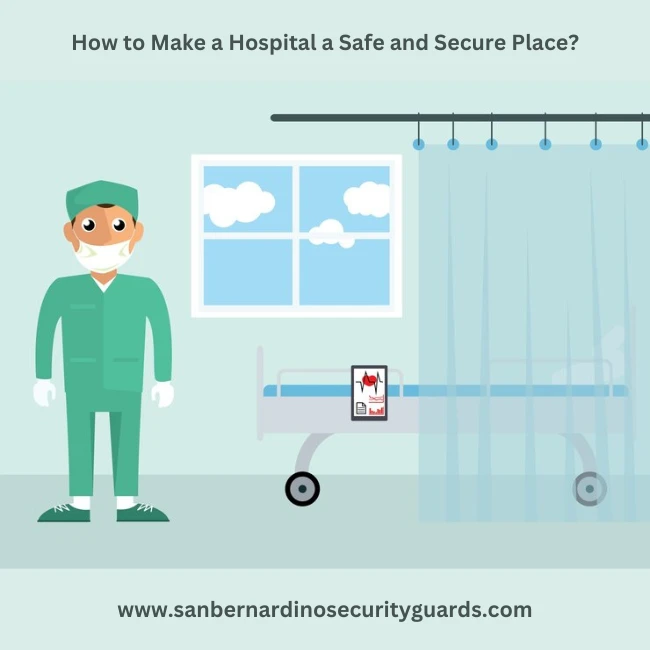How to Make a Hospital a Safe and Secure Place?

Hospital safety is a critical aspect of healthcare delivery that involves measures and protocols aimed at minimizing the risk of harm to patients, healthcare workers, and visitors within healthcare facilities. It encompasses a range of practices and procedures designed to prevent accidents, injuries, and infections.
Making a hospital a safe and secure place requires a multifaceted approach that involves various measures and strategies to mitigate potential risks and ensure the safety of patients, staff, and visitors. Some of the key steps that can be taken to make a hospital a safe and secure place are:
Implementing strict access control measures:
Controlling access to the hospital premises is critical to ensure the safety of patients and staff. Hospitals can use technologies like access control systems, CCTV cameras, and visitor management systems to monitor and control access to different areas of the hospital.
Ensuring proper training for staff:
Hospital staff should receive regular training on safety protocols and emergency procedures. They should know how to respond to emergencies like fires, natural disasters, and medical emergencies.
Maintaining cleanliness and hygiene:
Hospitals should maintain high levels of cleanliness and hygiene to prevent the spread of infections. This includes regular cleaning of patient rooms, equipment, and public areas.
Securing patient information:
Hospitals need to ensure the security and privacy of patient information by implementing appropriate measures like access controls and encryption.
Ensuring adequate staffing:
Hospitals should have enough staff to ensure patient safety and security. This includes having enough security personnel to monitor the premises and control access.
Providing appropriate medical equipment and supplies:
Hospitals should ensure that they have appropriate medical equipment and supplies to provide quality medical care to patients.
Infection prevention and control:
Hospitals have protocols in place to prevent the spread of infections, including hand hygiene, personal protective equipment, isolation precautions, and environmental cleaning and disinfection.
Patient safety:
This involves ensuring that patients receive safe and appropriate care, including medication safety, fall prevention, and preventing medical errors.
Emergency preparedness:
Hospitals have plans in place to respond to emergencies and disasters, such as natural disasters or terrorist attacks.
Workplace safety:
This involves ensuring that healthcare workers are safe while carrying out their duties, including ergonomic considerations, preventing workplace violence, and protecting against exposure to hazardous substances.
Security: Hospitals have security measures in place to protect patients, staff, and visitors from harm, including restricting access to certain areas and monitoring visitors.
Overall, hospital safety is a crucial component of healthcare delivery and requires ongoing attention and investment to ensure that patients, healthcare workers, and visitors are protected from harm.
Overall, ensuring the safety and security of a hospital requires a comprehensive approach that involves the cooperation and participation of hospital management, staff, and patients.